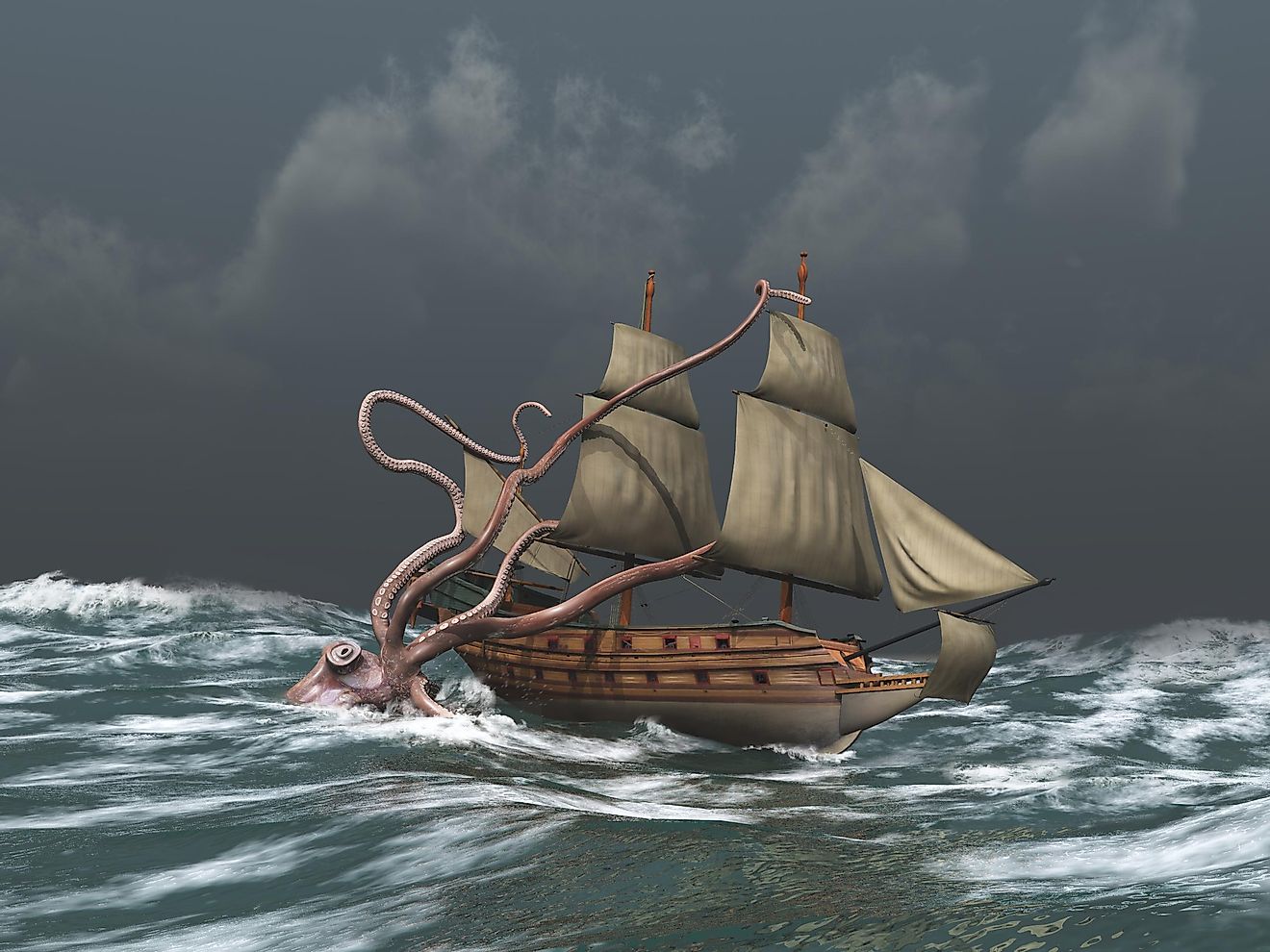Colossal Squid Facts: Animals of Antarctica

5. Physical Description
The shape of the Colossal squid is similar to that the giant squid, but with a larger mantle and shorter tentacles. The body of the Colossal squid is wider and more compact than most other squid, making it heavier than even the Giant squid. Their limbs and tentacles are long and have sharp hooks equipped at the end. They can reach 46 feet in length and weigh around 1,100 pounds. The eyes of the Colossal squid are record breaking as well: 11 inches in diameter as measured from deceased specimens. The eye is estimated to be even larger, at about 12 to 16 inches, within living squids.
4. Diet
Information on the daily life of the Colossal Squid is limited due to the fact that there has not been a living specimen caught that has been observed. However, what is known is that with the help of their large beaks, colossal squids are able to eat very large fish such as, for example, the Patagonian tooth fish. It is also likely that they dine on other squid as well.
3. Habitat and Range
Also known as the Antarctic squid, the Colossal squid lives in the cold waters of the Southern Ocean. It has been spotted in waters near southern parts of New Zealand, South Africa and South America. Juvenile Colossal squids can descend to a depth of around 3,300 feet, while adults are known to reach at least 7,200 feet below the surface. Sperm whales are their natural predators, and tentacles and beaks of the Colossal squid have been found in the stomachs of Sperm whales. Sperm whales have also been seen with scars on their bodies, the shape of which match the hooks that are found on Colossal squid tentacles. Their other predators include elephant seals, beaked whales, sleeper sharks, and albatrosses. However, they mostly eat only juvenile colossal squid, which are much smaller than well-developed adults. While the exact numbers of Colossal squid are not known, their lack of natural predators and powerful bodies suggest that they are not at risk of being endangered or extinct, and are considered an animal of “Least Concern”.
2. Behavior
While there have been very few observations of colossal squids within their natural habitats, they are thought to be solitary animals that move slowly through the water. As a slow moving animal, it is likely that Colossal squids are ambush predators (which means they stay in one position and wait for their prey to come to them). Then, using their large beaks, they attack their prey, removing large chunks of these animal at a time.
1. Reproduction
The process of reproduction in Colossal squids has never been observed or recorded. What we do know is that they are a sexually dimorphic animal, with the females being larger than the males. It is also known that male Colossal squids possess a penis. How it is used in relation to fertilizing the females’ eggs is not known. However, we do know that another large squid, the giant squid, lays its eggs in clusters that are surrounded by a jelly-like substance that floats. Experts theorize that Colossal squids lay their eggs in much the same manner.











